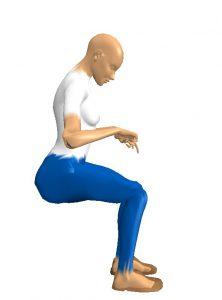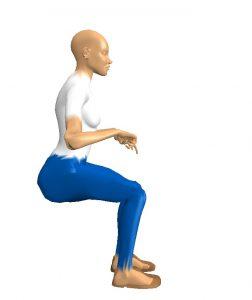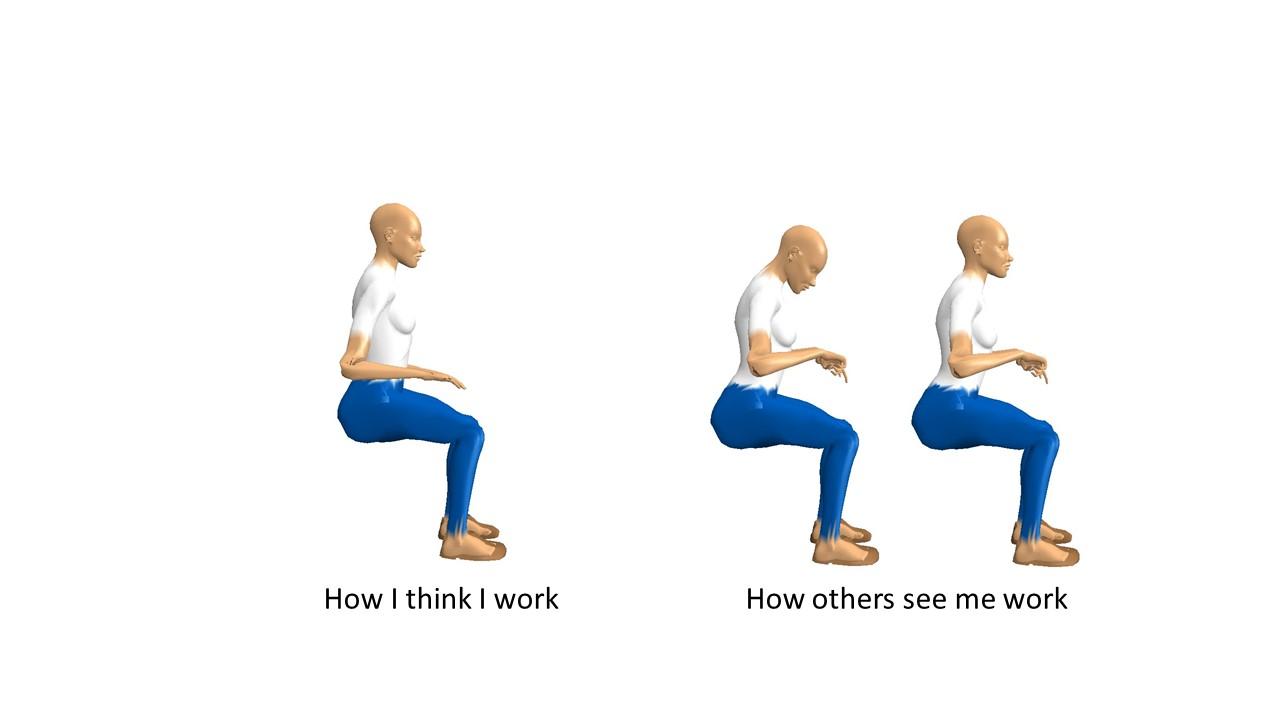When we do an assessment, we at Taylor’d Ergo are pretty transparent about how we assess risk and prioritise recommendations. Our reports include our measurements, and we describe exactly how we compared job demands to guidelines. We might put the technical stuff in an appendix, because we know not everyone wants to see it. But some ergonomists don’t provide the details at all.
Most ergonomists are working hard to find the best ways to:
- evaluate risk
- help employers understand when and why and how a job needs to be changed, and
- document all of this succinctly
However, the specific approach taken to risk assessment varies wildly, even amongst Canadian Certified Professional Ergonomists.
In my opinion, we need to be especially cautious of “black box” risk assessment tools – if you can’t follow an ergonomist’s assessment, including the risk assessment tools that she used, you should question the report. If the ergonomist’s report doesn’t include the data that was collected , you won’t be able to verify that the ergonomist understood the job correctly, and didn’t make errors. Further, you won’t be able to look back at an old assessment to understand what was recommended, or why.
There are many ways to assess a job, and researchers and authorities have not settled on specific tools or thresholds for all of the musculoskeletal disorder hazards in the workplace. If you’re tempted to sign up for a program that allows you to pop photos or videos into a computer and get an instant hazard assessment and solutions, be cautious. A photo or video taken from one perspective won’t show you what is happening on the other side of the body, and it can’t measure the effort being applied by the hands (or hips, or feet…). You might need to do more work it appears, to get the answer you need.
Similarly, if someone tells you that they can do an ergo assessment over the phone, ask yourself how effectively you could parent that way. Could you assess how well your teenager was mowing the lawn, remotely? Observing all of the tasks would take a very long time, and making the observations would be challenging, even with today’s technology. Add to that, the teen would likely modify her technique as she progresses, might not empty the bag, or might not show you how she does the more difficult trimming. You would see what the teen wanted you to see. The same is true in offices; many people tell us that they  are touch typists, but as we watch them work, the cause of their neck pain becomes abundantly clear. (It’s not that they are lying to us; most people took a typing class in high school and “know” how to type. They simply are not aware of their own habits and working postures.)
are touch typists, but as we watch them work, the cause of their neck pain becomes abundantly clear. (It’s not that they are lying to us; most people took a typing class in high school and “know” how to type. They simply are not aware of their own habits and working postures.)
We believe that an assessment should allow time to observe the job, measure the equipment and the employee, and make the adjustments with the employee, step-by-step. Photographs document the process, but they don’t drive it.
 I predict that ergonomists, like industrial hygienists, will eventually be bound to use specific processes and thresholds for assessing hazards, and we’ll rely on catalogues of approved ergo interventions. But for now, you should question your ergonomists about their methods and references, ask why they used certain tools, or why they didn’t use the same tool they used five years ago. You should be able to check their work, and follow their logic. Ergonomics is an emerging field, and transparency is important.
I predict that ergonomists, like industrial hygienists, will eventually be bound to use specific processes and thresholds for assessing hazards, and we’ll rely on catalogues of approved ergo interventions. But for now, you should question your ergonomists about their methods and references, ask why they used certain tools, or why they didn’t use the same tool they used five years ago. You should be able to check their work, and follow their logic. Ergonomics is an emerging field, and transparency is important.


